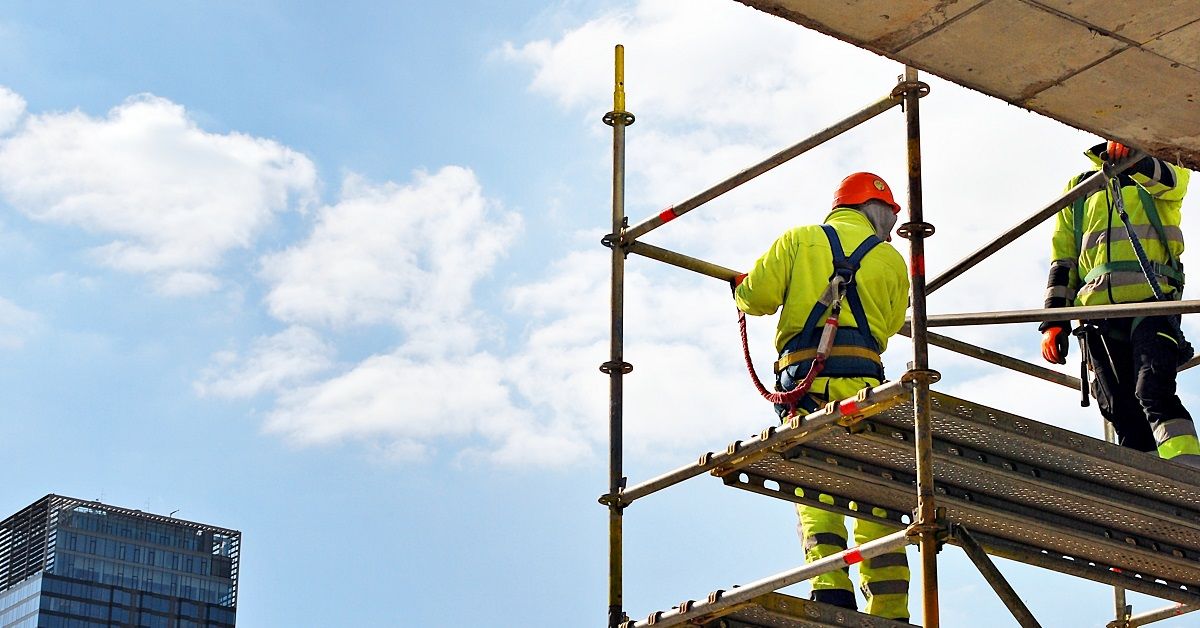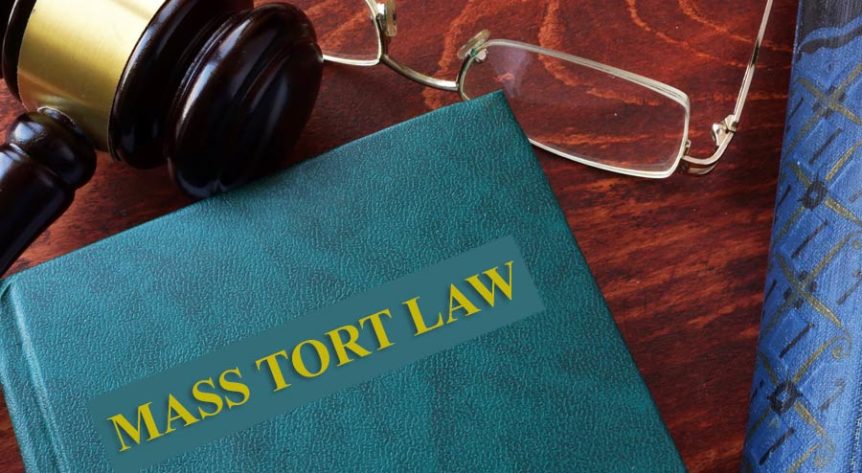
Navigating New York’s Complex Liability System in Construction Accident Claims
May 18, 2023New York’s construction industry is vibrant and ever-evolving, but it also presents unique challenges regarding liability in construction accident claims. In an accident on a construction site, determining who is legally responsible can be complex. Understanding New York’s intricate liability system is crucial for protecting your rights and seeking the compensation you deserve.
New York has specific laws, such as the Scaffold Law (Labor Law Section 240(1)), that impose strict liability on owners and contractors for certain gravity-related accidents. However, navigating the intricacies of liability goes beyond this statute alone. Multiple parties, including property owners, contractors, subcontractors, and equipment manufacturers, may share responsibility for ensuring a safe work environment.
Here are key aspects of New York’s liability system:
The Scaffold Law (Labor Law Section 240(1)):
-
- New York’s Scaffold Law is a unique statute that imposes strict liability on property owners and contractors for certain gravity-related injuries, such as falls from heights or falling objects.
- Under this law, property owners and contractors are responsible for providing proper safety equipment, including scaffolding, hoists, ladders, and harnesses, to ensure the safety of workers.
New York Labor Law Section 200:
-
- Section 200 imposes a general duty of care on property owners and contractors to provide a safe working environment for construction workers.
- It requires owners and contractors to take reasonable steps to prevent foreseeable hazards and maintain a safe workplace.
Vicarious Liability:

-
- In construction accident claims, New York recognizes the concept of vicarious liability, which holds employers responsible for the negligence of their employees.
- If a worker is injured due to the negligence of a co-worker, the employer can be held liable for the co-worker’s actions.
Multiple Parties’ Potential Liability:
-
- Construction accidents often involve multiple parties, each responsible for ensuring safety.
- Property owners, contractors, subcontractors, equipment manufacturers, architects, and engineers can potentially be liable, depending on their roles and involvement in the project.
Comparative Negligence:
-
- New York follows the principle of comparative negligence, meaning that the injured party’s compensation may be reduced if their actions contributed to the accident.
- Even if the injured party is partially at fault, they may still be eligible for compensation, but the amount awarded will be reduced proportionally to their degree of fault.
A workplace crush accident is an incident where an individual is caught or trapped between objects or machinery, resulting in injuries or even fatalities. These accidents can occur in various work environments, including construction sites, factories, warehouses, and manufacturing facilities. Workplace crush accidents are considered serious and can have devastating consequences for injured worker and their families.
Causes of Workplace Crush Accidents:
- Heavy Machinery or Equipment: Accidents occur when workers get caught between moving machinery parts, such as gears, conveyor belts, or hydraulic systems.
- Falling Objects: Workers can be crushed by heavy objects that fall from height, including equipment, tools, materials, or collapsing structures.
- Collisions: Being caught between vehicles or machinery during transportation or movement within the workplace can result in crush injuries.
If you or a loved one have been involved in a workplace crush accident, it is important to take action promptly. Seek immediate medical attention for any injuries, report the incident to your employer, and document as much information as possible. To protect your rights and pursue the compensation you deserve, consider consulting with an experienced workplace accident attorney.












